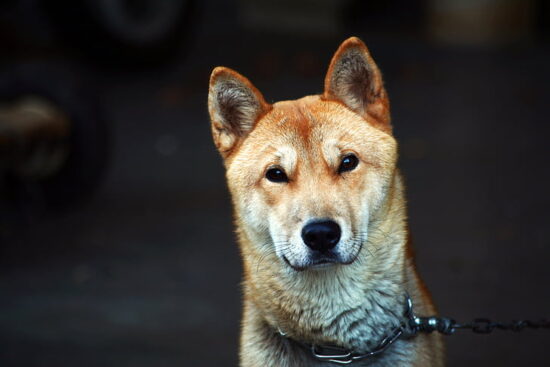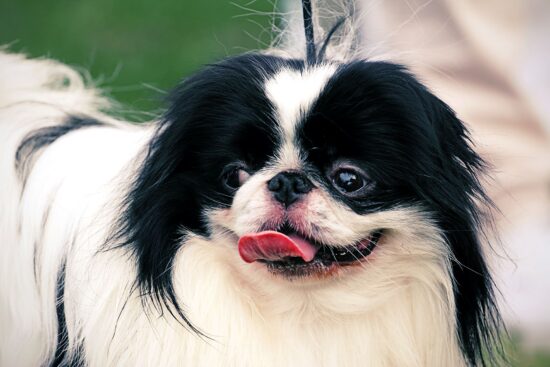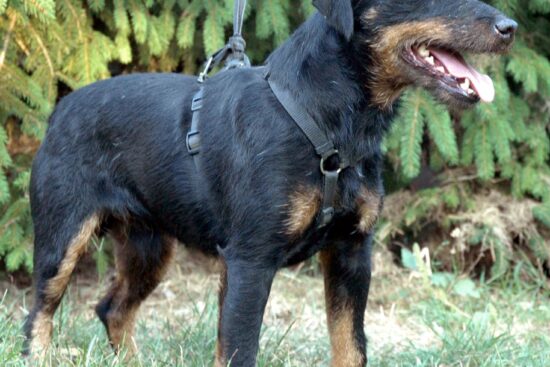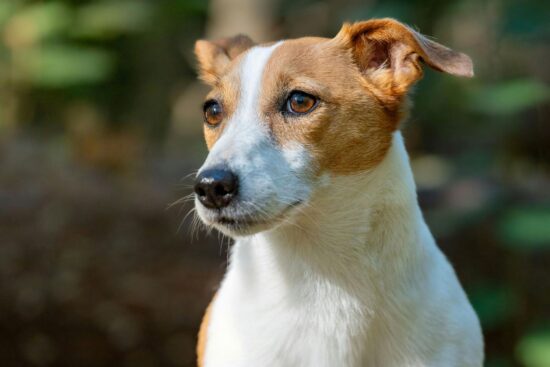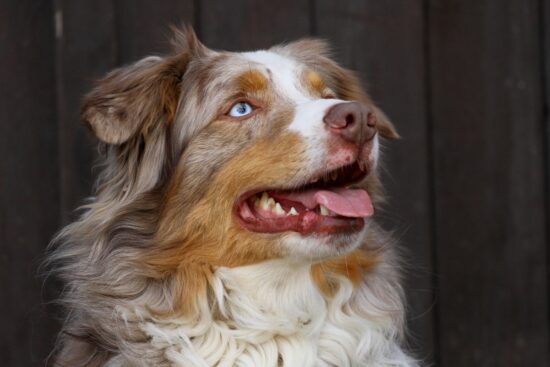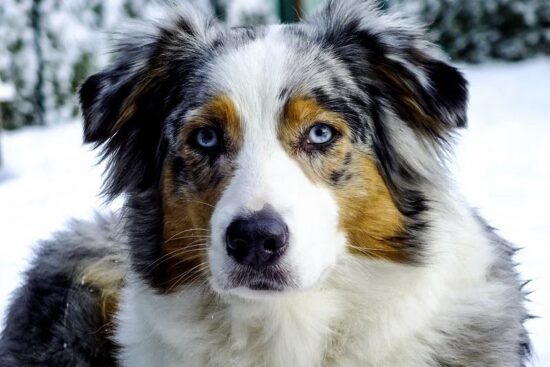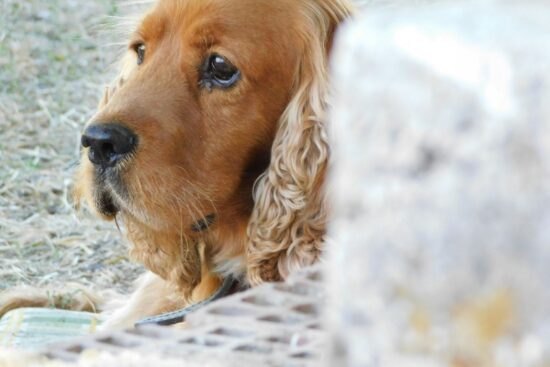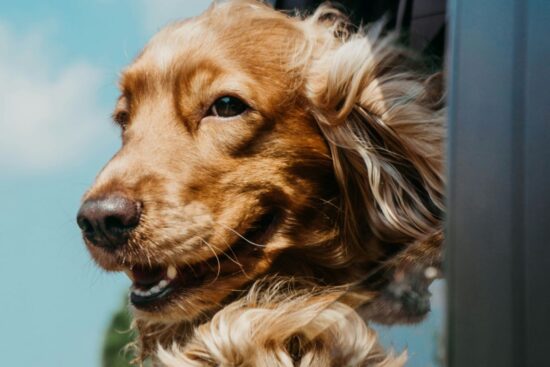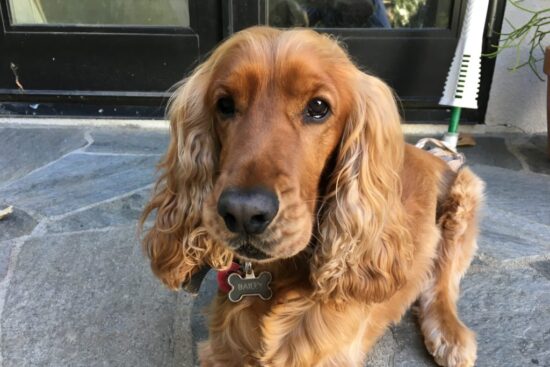
The Akita is a powerful and noble dog breed originating from Japan. Known for their imposing presence and unwavering loyalty, Akitas possess several distinct characteristics. Here is some general information about the Akita breed:
Akita Origin
The Akita is named after the Akita Prefecture in northern Japan, where it was initially bred for hunting large game, such as bears and boars. They are one of the oldest and most revered native Japanese breeds.
Akita Appearance
Akitas are large and muscular dogs with a sturdy build. They have a broad head, a strong jaw, and erect, triangular ears. Their eyes are small, dark, and deeply set. The breed boasts a thick double coat that comes in various colors, including brindle, white, red, and sesame (a mix of red and black hairs).
Akita Size
Akitas are substantial dogs with males typically standing around 26 to 28 inches (66-71 cm) tall at the shoulder, while females are slightly smaller, ranging from 24 to 26 inches (61-66 cm). They have a weight range of 70 to 130 pounds (32-59 kg), with males usually being larger than females.
Temperament of an Akita
Akitas are renowned for their loyalty, courage, and protective nature. They are typically reserved and aloof around strangers, displaying a calm and dignified demeanor. Akitas can be affectionate and gentle with their families but may be cautious around unfamiliar people and animals. Early socialization and training are crucial to ensure a well-behaved and well-adjusted Akita.
Akita Energy Level
Akitas are moderately active dogs. They require regular exercise, including daily walks and playtime, to keep them mentally and physically stimulated. Despite their size, they can adapt well to different living environments, including apartments, as long as they receive sufficient exercise.
Akita Compatibility
Akitas are best suited for experienced dog owners who can provide strong leadership and consistent training. They can thrive in households with older children but may not be suitable for homes with small pets or other dominant dogs due to their strong prey drive and territorial instincts.
Grooming An Akita
Akitas have a thick double coat that requires regular grooming. They shed heavily twice a year, during which more frequent brushing is necessary to manage their coat. Routine care includes brushing their teeth, cleaning their ears, and trimming their nails.
Akita Health
Akitas are generally a healthy breed, but they may be prone to certain genetic health conditions, including hip dysplasia, progressive retinal atrophy (PRA), hypothyroidism, and autoimmune disorders. Regular veterinary check-ups and a balanced diet are essential for maintaining their overall health.
Akita Trainability
Akitas are intelligent and independent thinkers, which can make training challenging. They require consistent and firm training methods coupled with positive reinforcement techniques. Early socialization and obedience training are particularly important to establish good behavior and ensure that they grow into well-mannered adults.
Akita Life Expectancy
On average, Akitas have a lifespan of around 10 to 15 years. With proper care, a healthy diet, regular exercise, and veterinary attention, some Akitas have been known to live even longer.
Dog Breeds Similar To An Akita
The Akita Inu is a majestic breed, known for its loyalty, intelligence, and striking appearance. If you’re drawn to the Akita’s qualities but looking for similar breeds to explore, here are some options:
- Shiba Inu: Considered the Akita’s smaller cousin, Shiba Inus hail from Japan and share many of the same characteristics: alertness, independence, and a dignified aloofness. While smaller than the Akita, Shibas are sturdy and confident dogs with a similar “foxy” appearance.
- American Akita: Developed from the Japanese Akita, this breed tends to be larger and more robust, with a wider variety of acceptable coat colors. American Akitas share the Akita’s loyal and protective nature.
- Chow Chow: With their plush coats and lion-like manes, Chow Chows possess a regal aura akin to the Akita. Both breeds are known for their independent spirits and strong guarding instincts. However, Chow Chows may require more specialized grooming due to their thick fur.
- Alaskan Malamute: Bred for sledding, Alaskan Malamutes share the Akita’s love for the outdoors and a strong pack mentality. They are larger and fluffier than Akitas, with a mischievous and playful side.
- Siberian Husky: While not as large as Akitas, Siberian Huskies share their striking almond-shaped eyes, thick coats, and a love for cold climates. Both breeds are known for their independent nature and can be challenging to train, but they are incredibly loyal to their families.
The Akita’s regal appearance, loyalty, and protective instincts make it a remarkable breed. Potential owners should be prepared to provide them with the necessary socialization, training, and care they require to thrive. With the right guidance and environment, an Akita can be a devoted and majestic companion.












